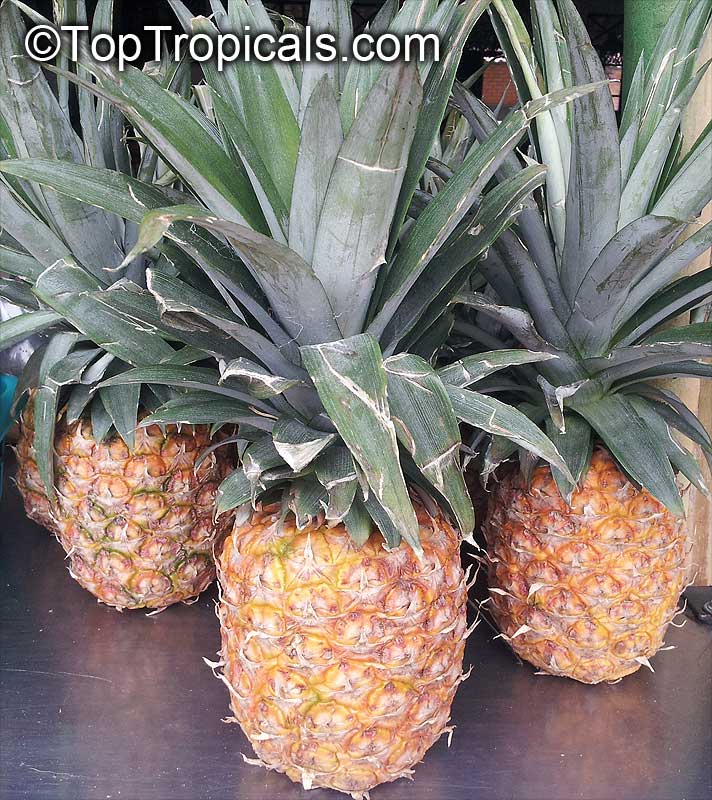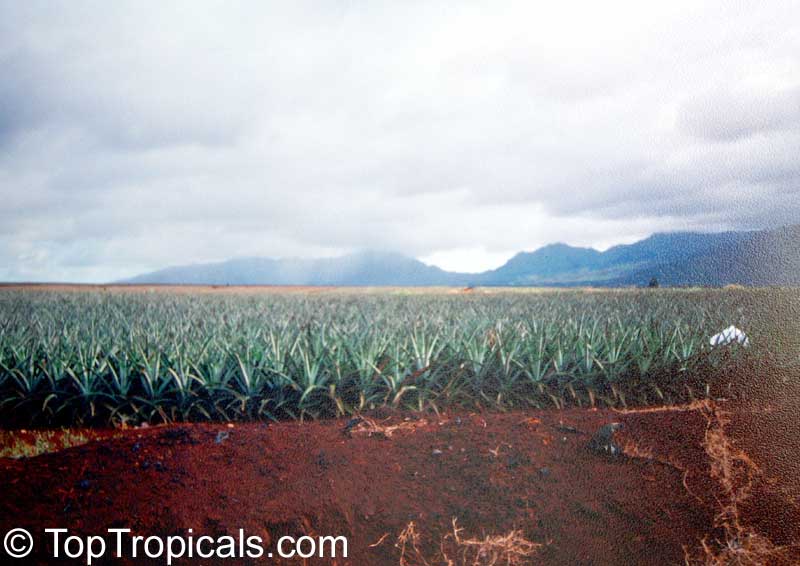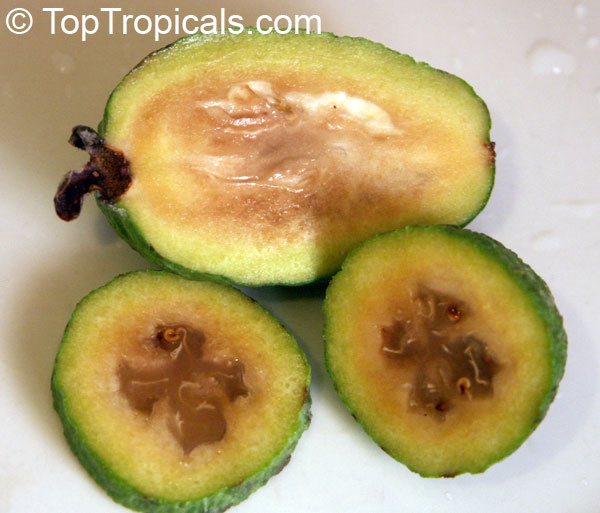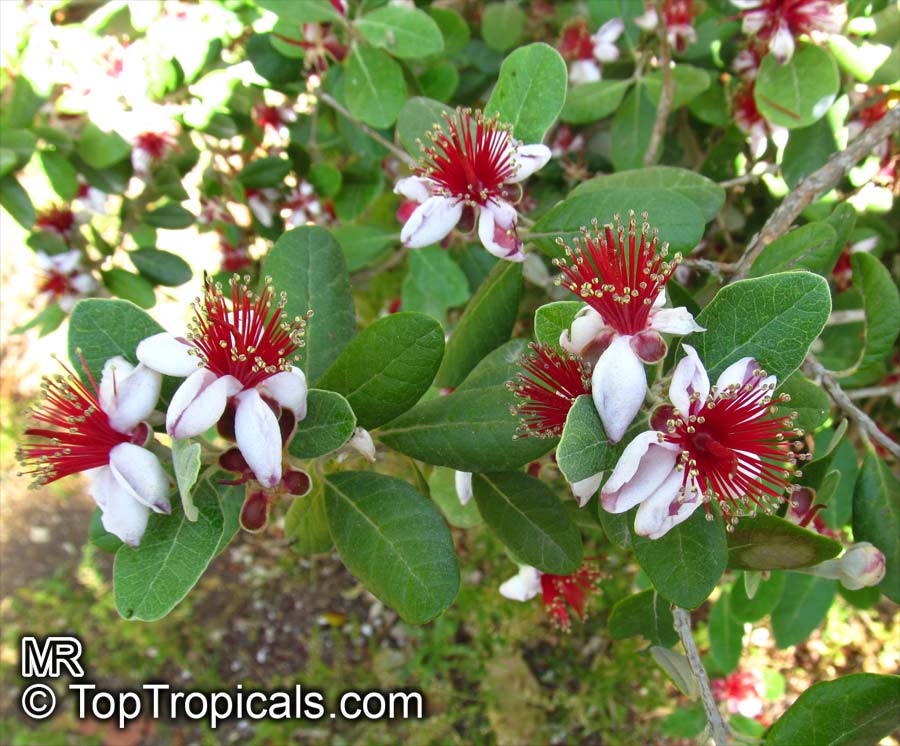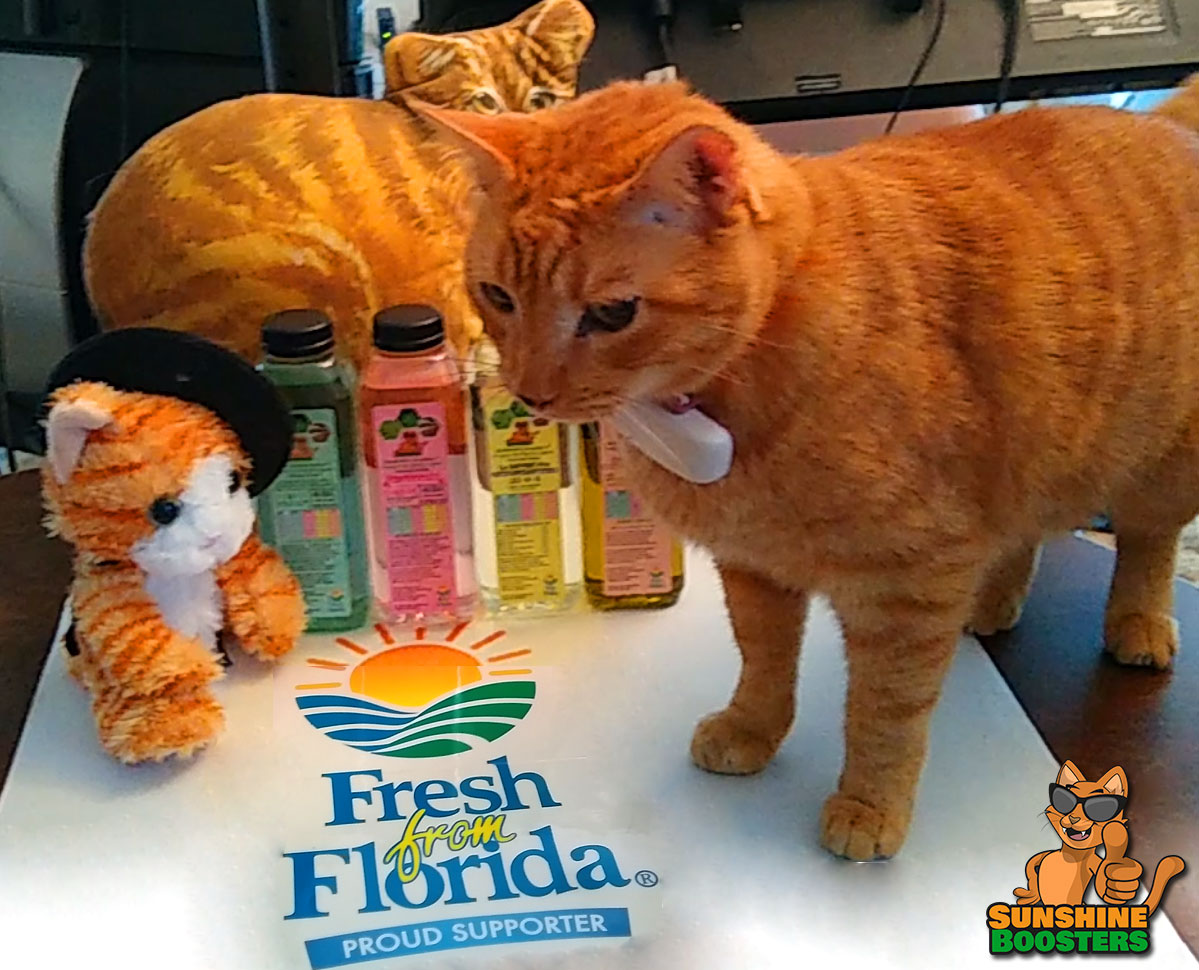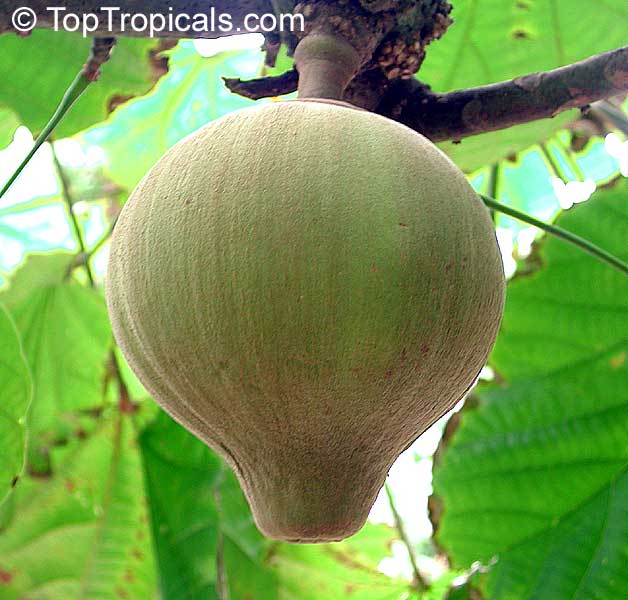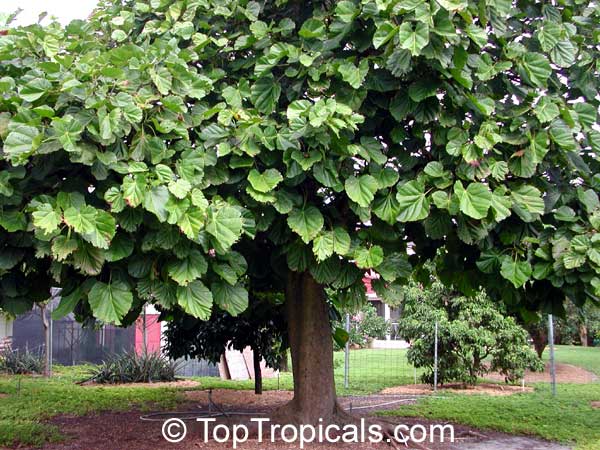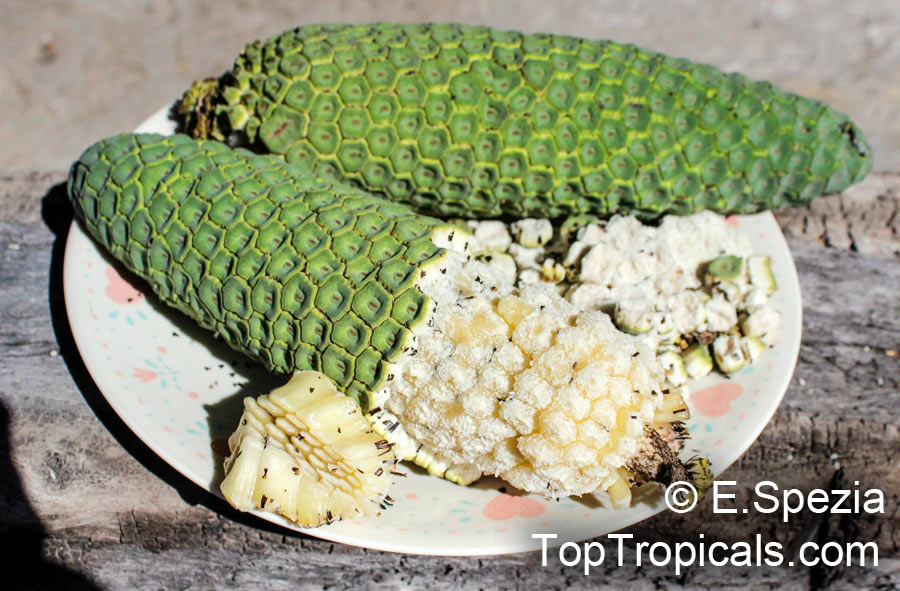Date:
The most luscious Hospitality Fruit: Pineapple
by Mark Hooten, the Garden Doc
I wonder how many people know that the Pineapple (Ananas comosus) was actually the very first New World
tropical fruit to have been sampled fresh by European royalty? It happened 527
years ago, when one made it to Spain, being personally delivered to King
Ferdinand and Queen Isabella by Christopher Columbus... He had obtained a huge number
of them, however only one actually survived intact and edible! That
pineapple was instantly declared to be the most luscious wonderful fruit ever!..
...During the 1700s before the Revolutionary War, the overly monetarily
intoxicated super-rich were actually paying a modern equivalent ofâ - get this
- 8000 dollars for a single fruit!..
...In conclusion, I will add the simple recipe for my personally favorite
go-to comfort food...
